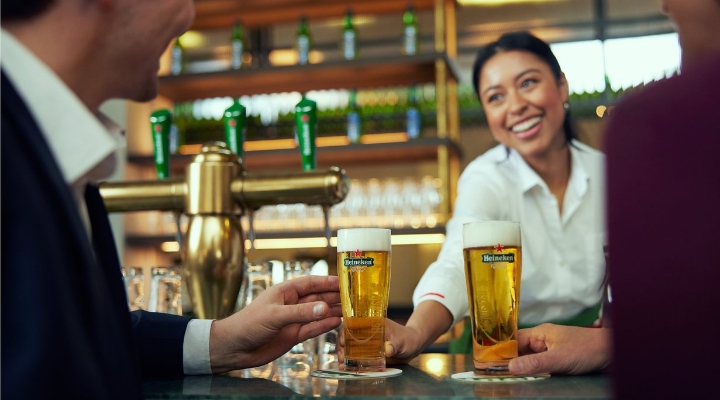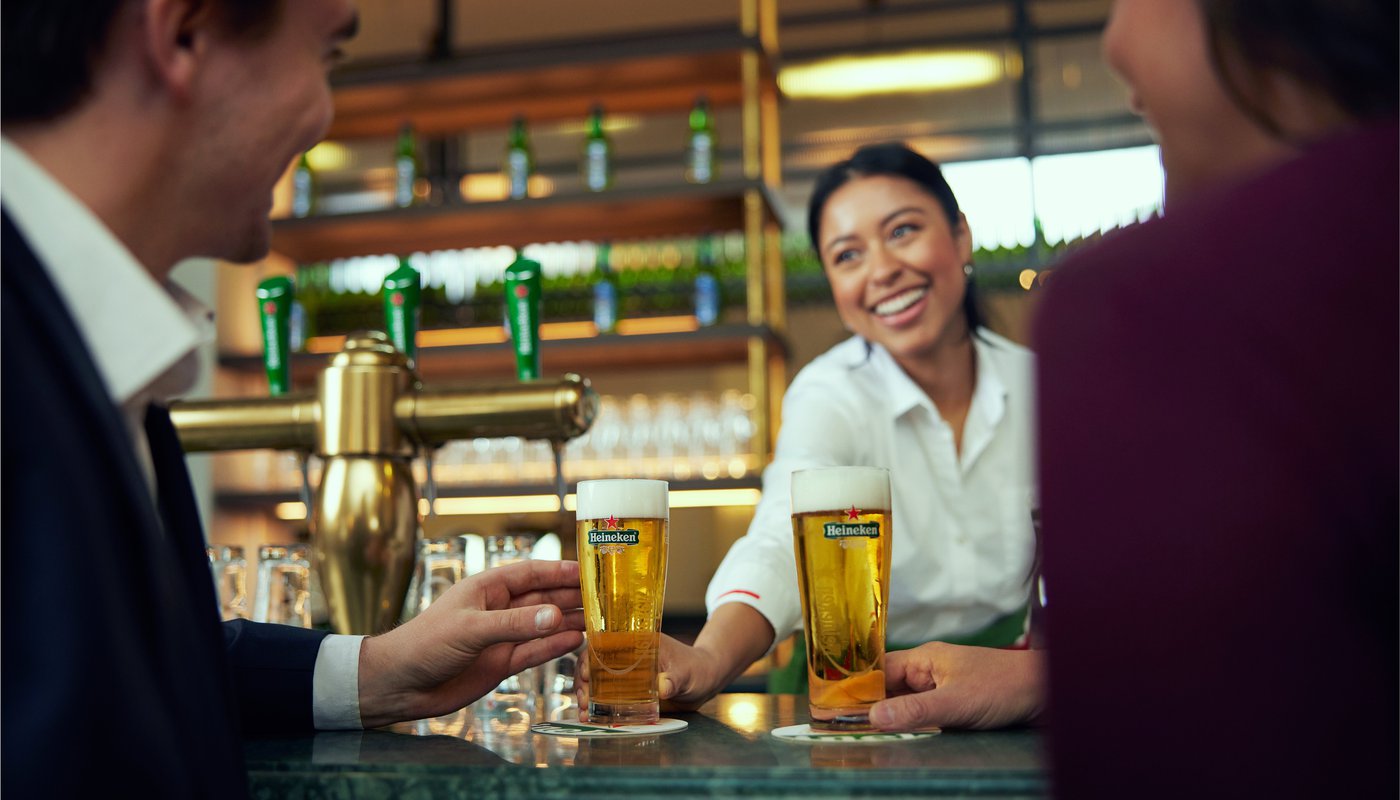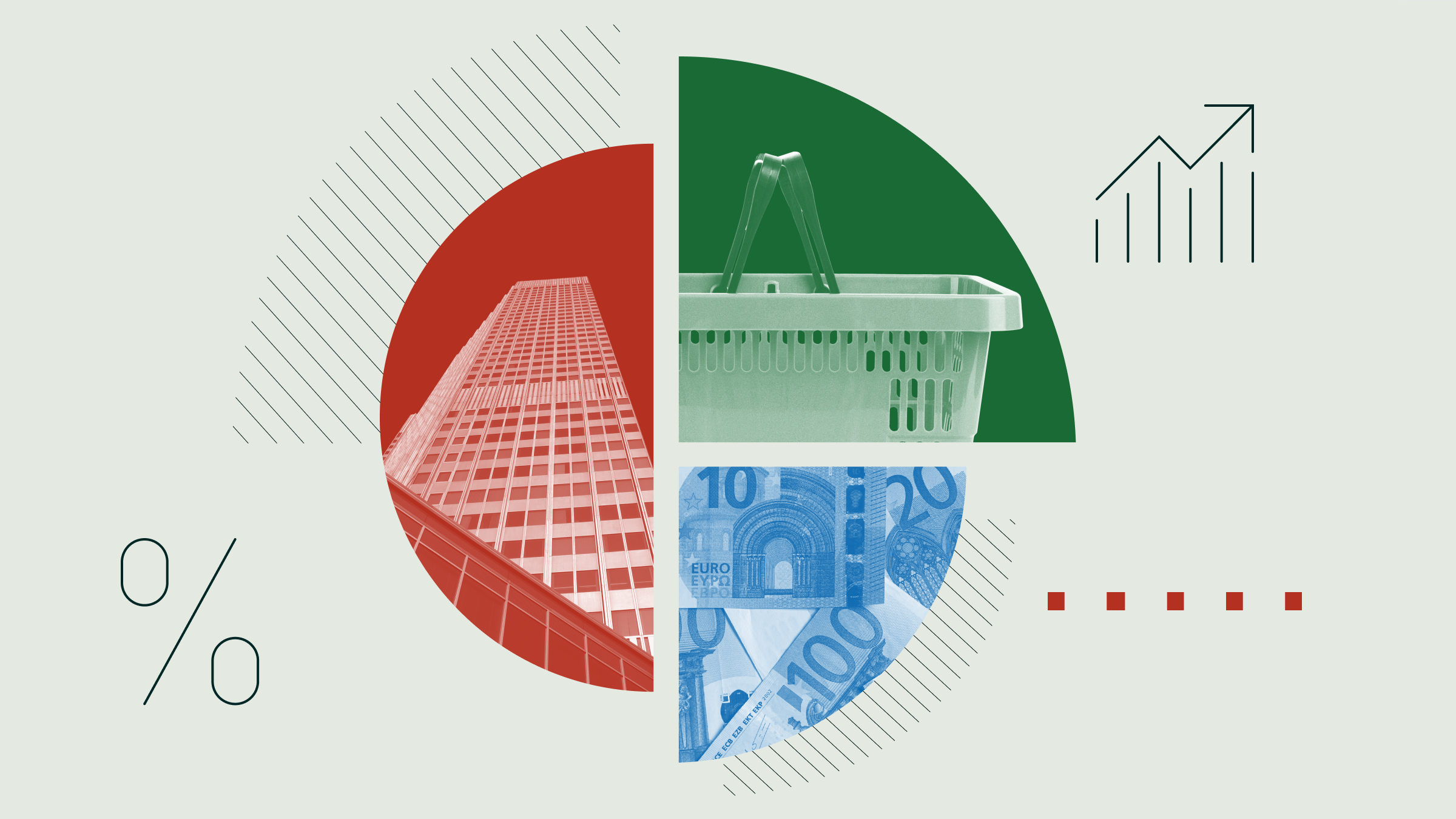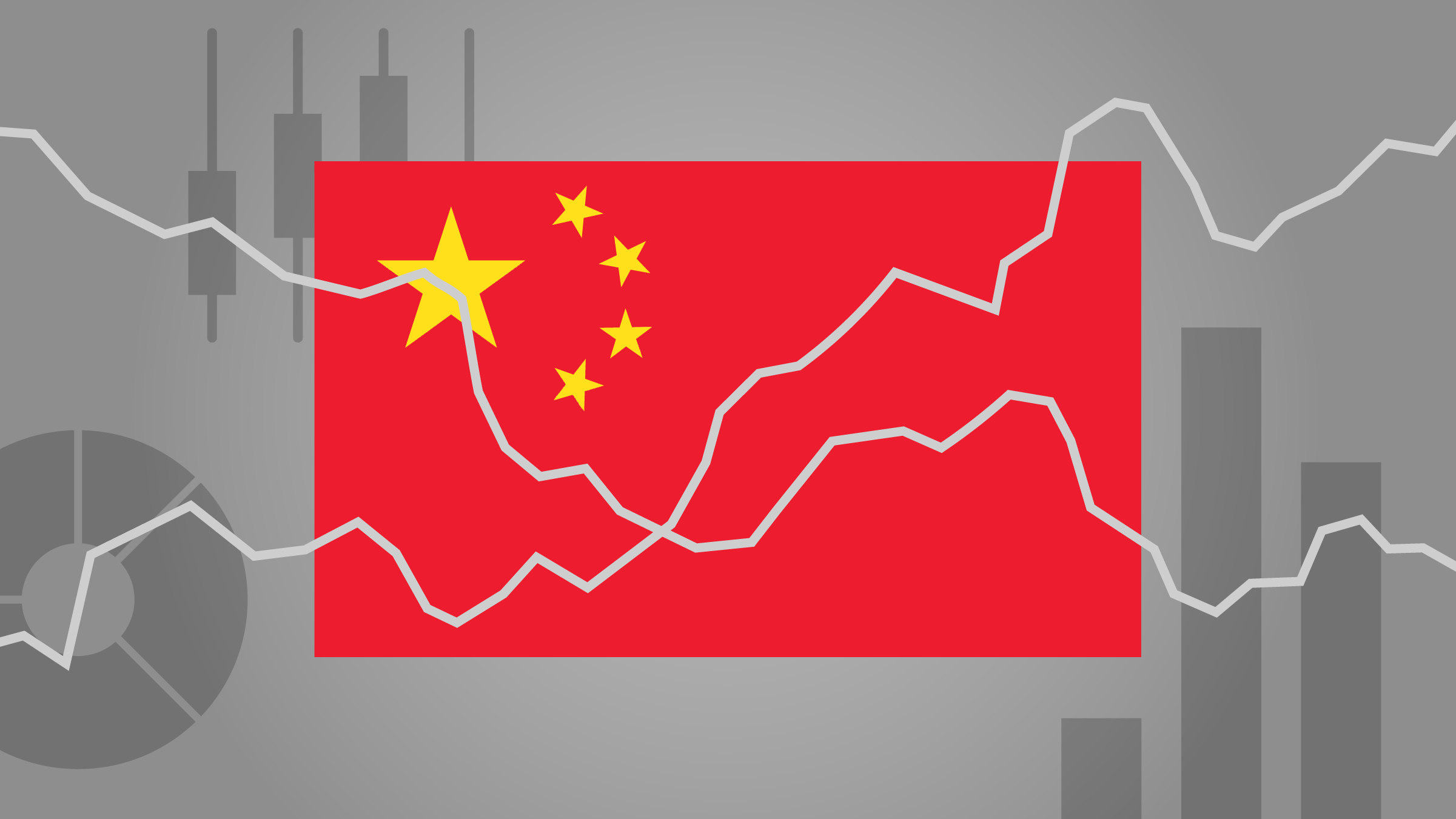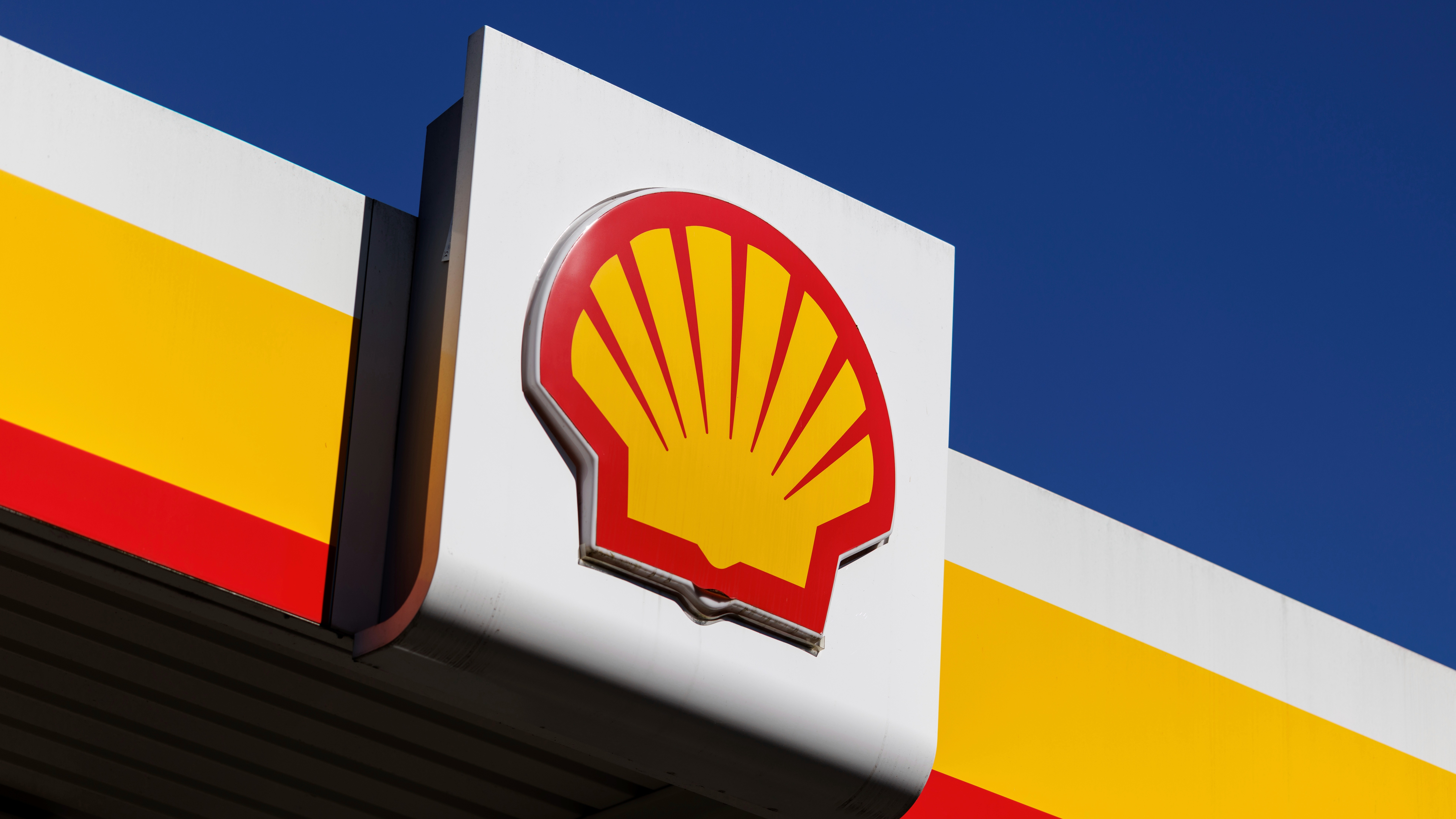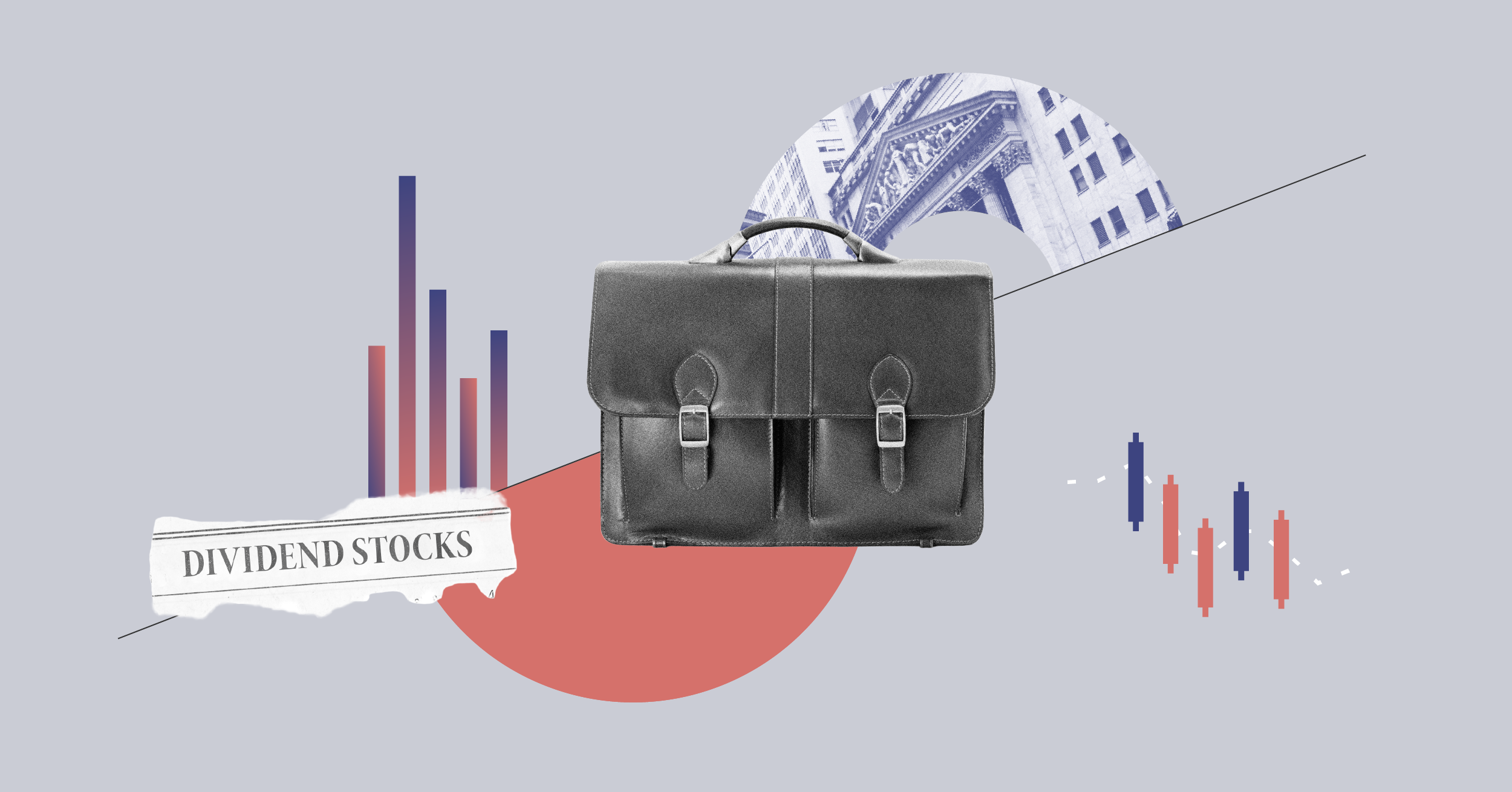INVESTMENT THESIS![]()
Over the past five years, Heineken's two transformative acquisitions have given it volume scale almost on par with the number-two global brewer, SABMiller. In 2013, Heineken sold 178 million hectolitres (hl) of beer, short of the 242 million hl sold by SABMiller, but above the 122.5 million hl sold by AmBev and the 120 million hl sold by Carlsberg in the same period.
In theory, the firm should be generating margins and returns on capital at least as large as AmBev, and close to those of SABMiller. This assumption is particularly valid given that Heineken's portfolio is skewed to the premium segment through its namesake international premium segment (IPS) beer brand, while competitors including Anheuser Busch InBev, SABMiller, and Carlsberg operate primarily in the mainstream segment. The opposite is true, however, and in 2013, Heineken's adjusted EBIT margin of just under 14% was significantly below that of A-B InBev (35%), SABMiller (30%) and AmBev (42%).
Ultimately, we doubt that Heineken can ever reach the levels of profitability of its two larger competitors. Still, we do believe Heineken is on a very long-term path to expand margins to the mid-20% range. A-B InBev (and by association, AmBev) and SABMiller all have cost advantages in some core markets that Heineken will be unlikely to be able to replicate on an organic basis. In Latin America, AmBev generates EBIT margins in Brazil that approach 50%, and the same region is the most profitable for SABMiller, with EBIT margins in the mid-20% range. In both cases, the companies possess near-monopoly positions in multiple markets, generating a cost advantage through local scale. Heineken, on the other hand, does not enjoy such dominant positions, and we think its more competitive markets will prevent margins from ever reaching best-in-class levels. Nevertheless, Heineken's ownership of a strong IPS brand should allow it to take advantage of a long-term global trend to premiumisation across the world, and we prefer its competitive positioning to that of Carlsberg for investors with a multiyear investment horizon.
VALUATION
| Economic Moat | Fair value | Stewardship Rating |  |
||||
| Narrow | EUR 54,00 | Standard | |||||
| Moat Trend | Uncertainty | Sector | |||||
| Positive | Medium |
def. consum. goed. - alcoholische dranken |
|||||
BULLS
- Heineken is the only truly global premium brand. It is the second-best-selling import beer brand in the U.S. and among the top 10 beer brands in the world.
- Positioned in the premium segment, Heineken is well-positioned to benefit from the global premiumization trend.
- Heineken is the global leader in cider, a category that is growing at a rate 2.5x faster than beer.
BEARS
- Heineken's biggest market, Western Europe, is in decline.
- Heineken is not as profitable as its larger competitors. Its underlying operating margins trail those of AB InBev and SABMiller.
- Despite its recent acquisition of Asia Pacific Breweries, Heineken is widely underindexed in the growing Asian market.
___________________________________________________________________
Overzicht alle aandelenanalyses
20 Tips voor het beleggen in aandelen
Meer weten over de methodologie achter Morningstar's beoordeling en waardering van ondernemingen en aandelen?
Hoe Morningstar aandelen onderzoekt en waardeert
Morningstar's sterrenrating voor aandelen
Vragen en antwoorden bij Morningstar's aandelenonderzoek
Het uitgebreide researchrapport van dit aandeel is beschikbaar voor institutionele beleggers, vermogensbeheerders en private bankers. Voor meer informatie over de ruim 1500 wereldwijde aandelen- en creditresearchrapporten kunt u contact opnemen met Morningstar via equitysales@morningstar.com.





